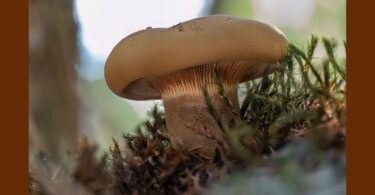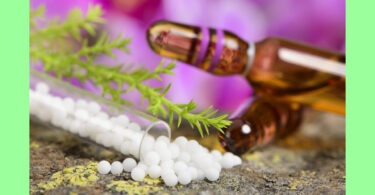Reprinted courtesy of Homoeopathy at Wellie Level (HAWL) https://hawl.co.uk
Editor’s Note: Homoeopathy at Wellie Level is a UK organization which teaches farmers how to use homeopathy for livestock. The HAWL Course is designed to educate and empower farmers to take a holistic approach.
Graham Mackay was herdsman for J Downes and Son when he took the HAWL course. He looked after 150 Friesian cows plus followers. Angus cross calves were reared for beef. They had a rolling 12 month SCC – 150 000, calving interval of 405 days, successful first insemination of 65%, average service 1.6. A year after taking the course he sent us this report.
“Before coming to England to work on an organic dairy farm, I had never heard of homeopathy for animals. When I was introduced to this form of treatments by my employers, Messrs Downes, I was initially sceptical.
The Downes’ sent me on the HAWL course and I started using homeopathic remedies in my work as herdsman. In a short time, I was convinced of the value of homeopathy and isopathy to the stockman.
Over the last twelve months, I have treated 49 cases of mastitis using various homeopathic remedies. The most dramatic result was with cow #11. She came in one morning with a violently swollen and painful quarter. As a result, she was uncharacteristically nervous and fidgety and lashed out as I approached. I applied one squirt of Belladonna 200c, resigning myself to weeks of arduous treatment and possibly the loss of that quarter. That evening, however, the swelling was down but there were still a few clots. The cow, though, was her normal placid self. I applied SSC (Sulphur, Silica and Carbo Veg) for the clots and the following morning she was clear on the California mastitis test.
A week later this cow tested 16 on the somatic cell count in the monthly milk recording. We have of course experienced cases where the initial treatment failed to have the desired result but with a change in remedy, success had been achieved.
We have not once resorted to antibiotics to treat lactating cows. Nor have we used any intrusive injections. This has meant a minimum of milk withdrawal. Furthermore, we have many occasions to use homeopathy for the well being of our stock.
Aconite is used routinely for stressful operations such as dehorning, castrating, transport, freeze branding. Ignatia for removing calves from their mothers and Caulophyllum for calving cows. I can only say that my impression, based on over thirty years of working with livestock is that these remedies work!”
In summary, Graham said that he felt that the advantages of homeopathy are:
- No physically traumatic injections.
- Treatment in parlour at milking time.
- Minimum milk withdrawal. Only from the affected quarter.
- No danger of antibiotic contamination in bulk tank.
- No plastic pollution as you use re-usable squirt bottles.
- No dirty needles or disposal of used needles.






I make nosodes for a farmer from his mastitis cases and they give me each cows milk that is affected with the cows tag number and I make a 200 potency. Each cow gets its own nosode and one or two doses usually sort the mastitis out.